Chandler Chicco 04 Dec 2014 // 4:33PM GMT
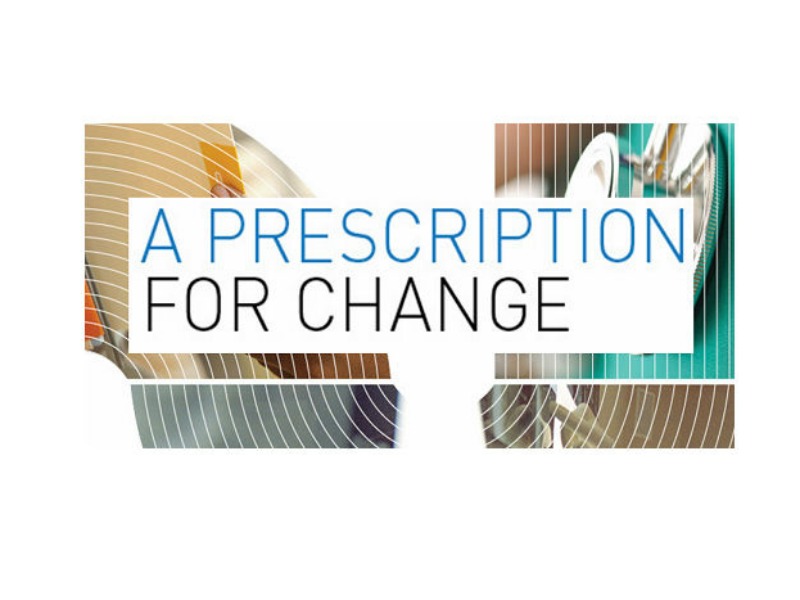
The term “change management” has been bounced around for 10 to 15 years, but what does it mean and how does it help organizations? The approach has traditionally been to manage change, but a more proactive change engagement approach – before change happens – helps increase stakeholder adoption of the change, minimize resistance and accelerate adoption of the transition process.
As the speed of business continues to increase, the demands from leadership, boards of directors and Wall Street don’t allow for a gradual adoption of change.
With Change Comes Risk
What are the risks associated with not managing change effectively?
- Individual behaviors can damage an organization, including:
- Resistance
- Disengagement, apathy and cynicism
- Reduced productivity
- Project or program can have financial impacts, such as:
- Unrealized or under-realized benefits
- Unsustained changes/going around the system
- Projects failing to launch or gain traction, leading to unrecouped sunk costs
- Organizational or enterprise-wide effects can show up indirectly in bottom-line results:
- Higher turnover of headcount, including early retirements, estimated to cost 50–150% of an employee’s annual salary, depending on level and role
- Increased absenteeism, estimated to cost up to $3,600/year per employee, according to Circadian
- Doctor or patient attrition following a product change
- Teams failing to work cross-functionally, resulting in inefficiencies
- Lack of focus on “business basics”
One Treatment Doesn’t Cure All
In healthcare, sometimes change is a matter of life and death for an organization or product. The ongoing disruption of the business of health creates an environment rife with transition and, over time, it can take a toll. Organizations can show signs of “change fatigue,” the inability to absorb and embrace additional change, from ongoing disruption due to regulatory, legislative and technology/convergence changes.
In a business associated with helping people lead better lives, change may not always be perceived to support this goal. Business changes designed to keep companies nimble, such as cost-cutting measures, layoffs, process changes and outsourcing, may be perceived as inconsistent with core values.
A Custom Cure for a Common Disease
Instead of simply “managing” a change, our experience tells us that engaging stakeholders in change is a more effective and long-lasting solution. Traditional change approaches have a finite timeline – with a start and an end. However, from the stakeholder perspective, any one particular change is one in a series of things happening to him or her at any given time and is a moment in a journey. These two shifts are the basis by which we sought to create a unique approach steeped in healthcare.
Building on the behavioral research of Prochaska & DiClemente, an established methodology widely used to transition patients to healthier behaviors, we’ve created a unique model to help healthcare organizations make their own transformations in a healthy manner and help leaders and employees thrive through change.
Stages of Change Model
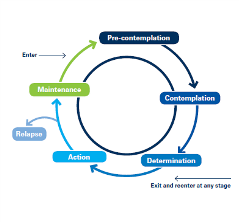
Unlike the traditional, finite change curve, the Stages of Change model (Fig 1) reflects the reality that people may cycle through stages many times on the way to fully adapting new behaviors. Some people may exit the process and re-enter the stages of change before fully adapting to the new way.
People process the stages of change at different rates. People who are ready for change may cycle through the stages of change quickly, while those who have other concerns may take more time at certain (or all) stages. Further, when leaders announce changes, they must recognize that they have already gone through some of the “processing” of change themselves, and should not expect that those receiving the new information will be at the same stage of change as they are.
The process ensures activities and communications are flexible and tailored to meet each stakeholder where they are in the Stages of Change model. Using the Stages of Change as a guide, stakeholders are:
-
Introduced to the concepts of change
-
Shown the Journey Story of the change over a period of time
-
Communicated with continuously and through a variety of channels to help reinforce and strengthen the message
-
Aware of the WIIFM (what’s in it for me?) and understand why they should care
-
Seeing visibly engaged leaders and super-users demonstrating model behaviors representing the change

-
Presented with success stories throughout the change journey, and those successes are celebrated openly
-
A part of making the change happen
-
Helping shape the new culture in which the new behaviors are part of how the business is run
-
Equipped to be more change-adept as new changes present themselves over time
As the pace of change continues to accelerate, especially in healthcare, organizations who successfully engage employees in the journey will be the most adaptable to change and the best poised to take advantage of the opportunities presented by the changes they face.
Healthcare change is different from other industries. Here’s why:
-
Organizations are likely experiencing change fatigue from ongoing disruption due to regulatory, legislative and technology or convergence changes
-
Many of these changes, such as cost-cutting and layoffs, may be perceived as inconsistent with the core values of a healthcare company
-
Healthcare organizations typically have very diverse internal audiences – from PhDs to manufacturing or cafeteria workers; tailoring change approaches to help each group successfully move to a new future is critical
Julie Adrian is Managing Director at Chandler Chicco Companies West


































.jpg)


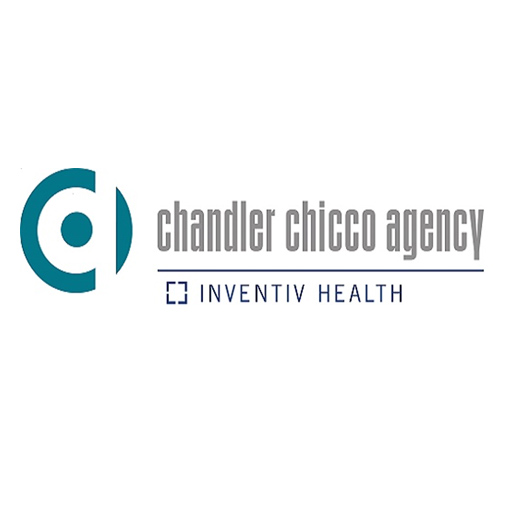
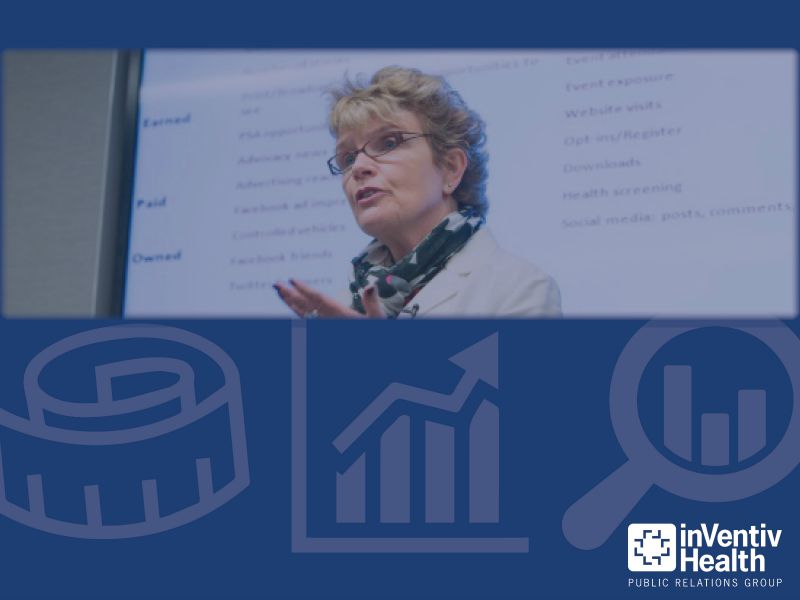
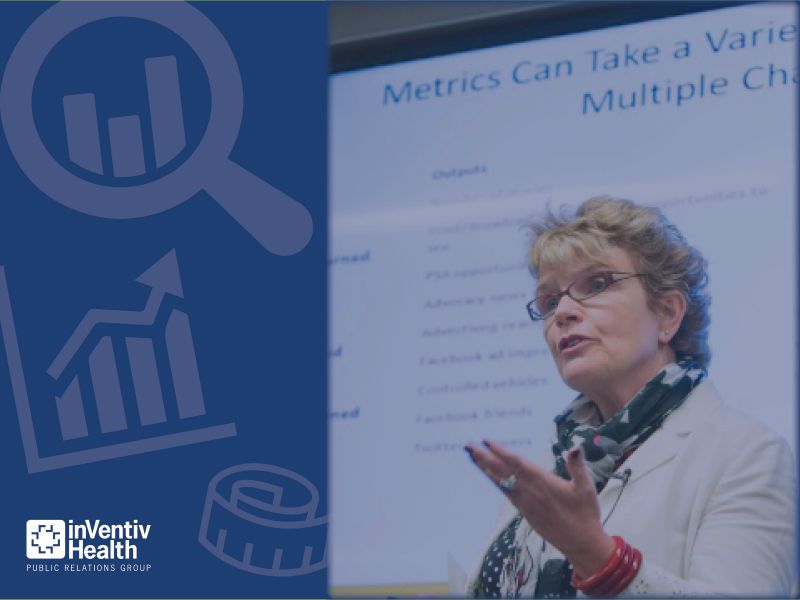
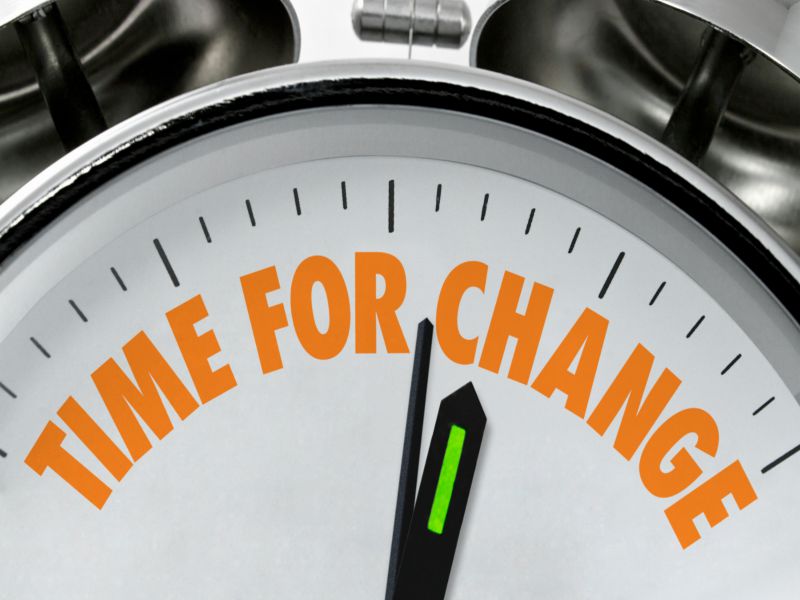



.tmb-135x100.jpg)



.tmb-135x100.jpg)








